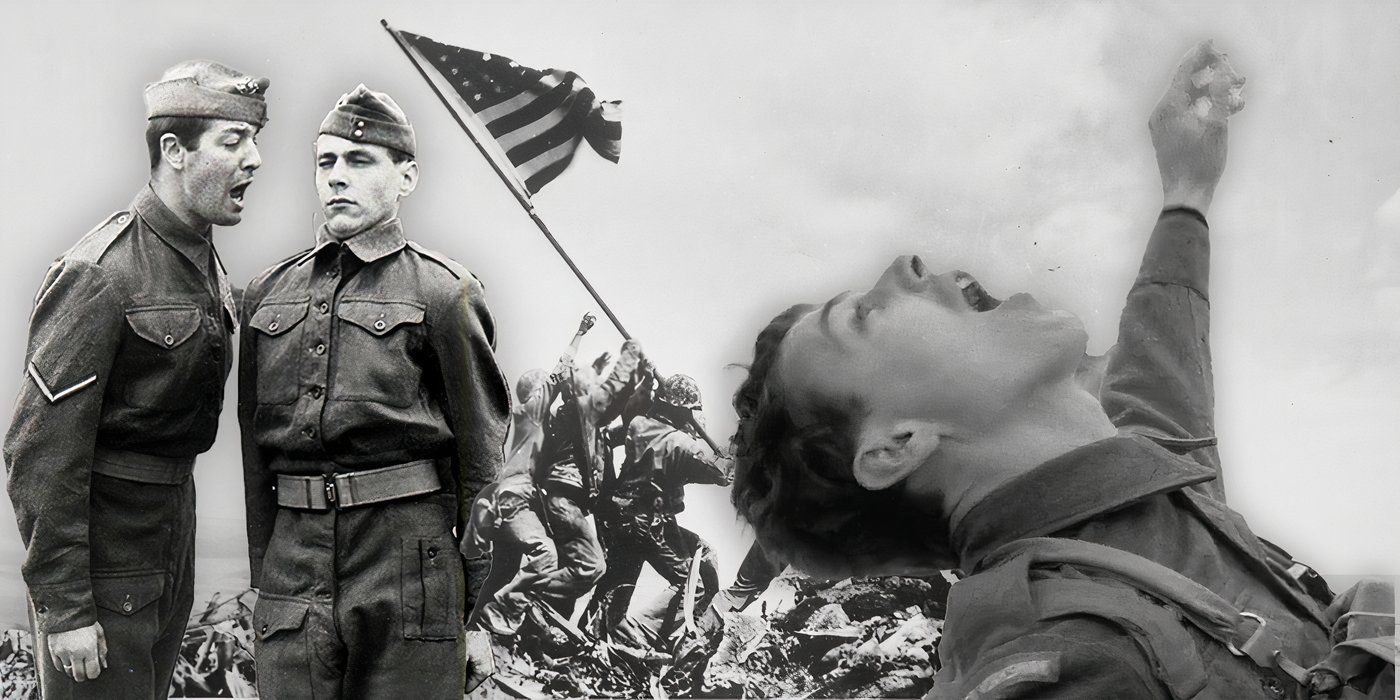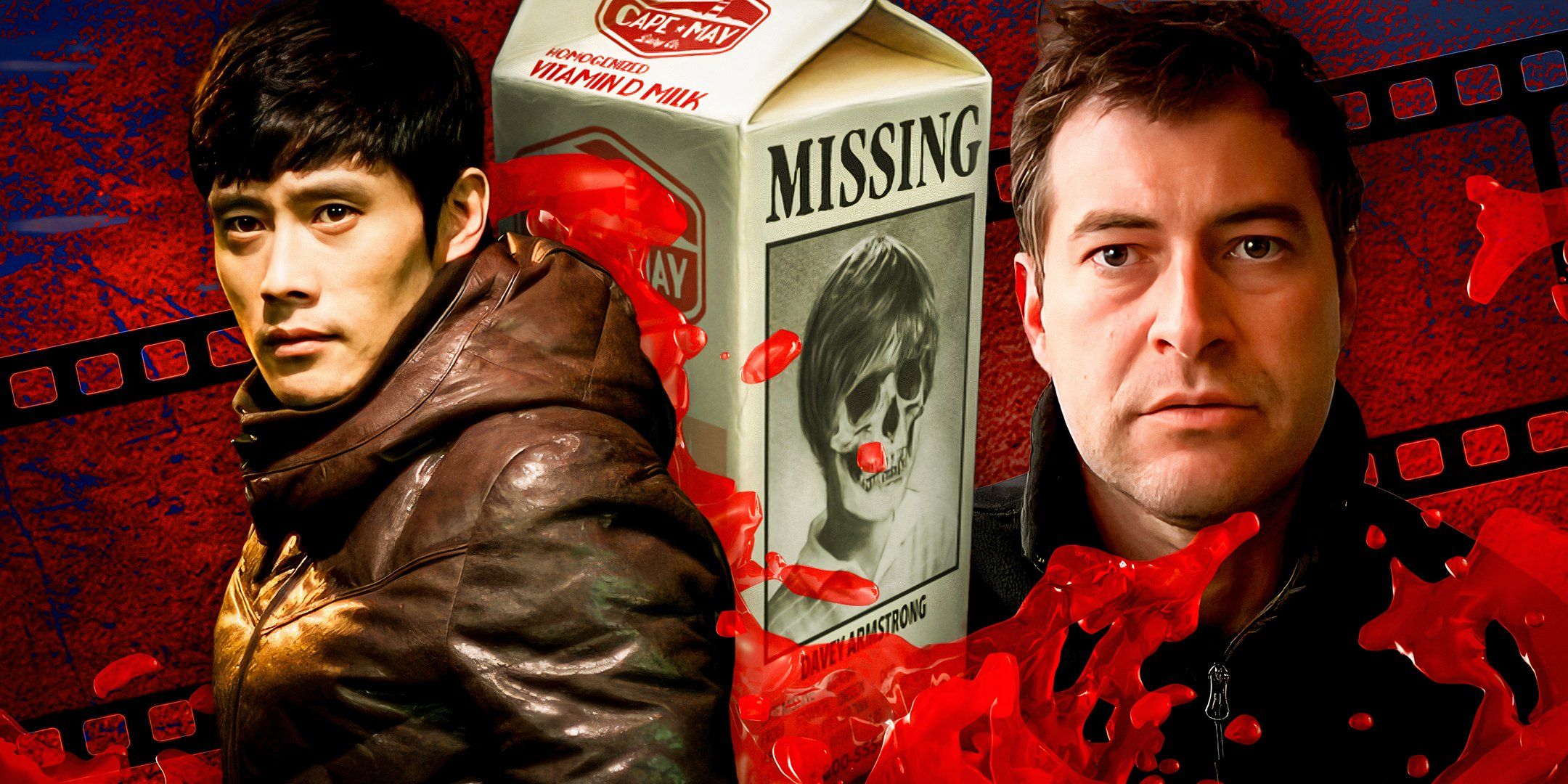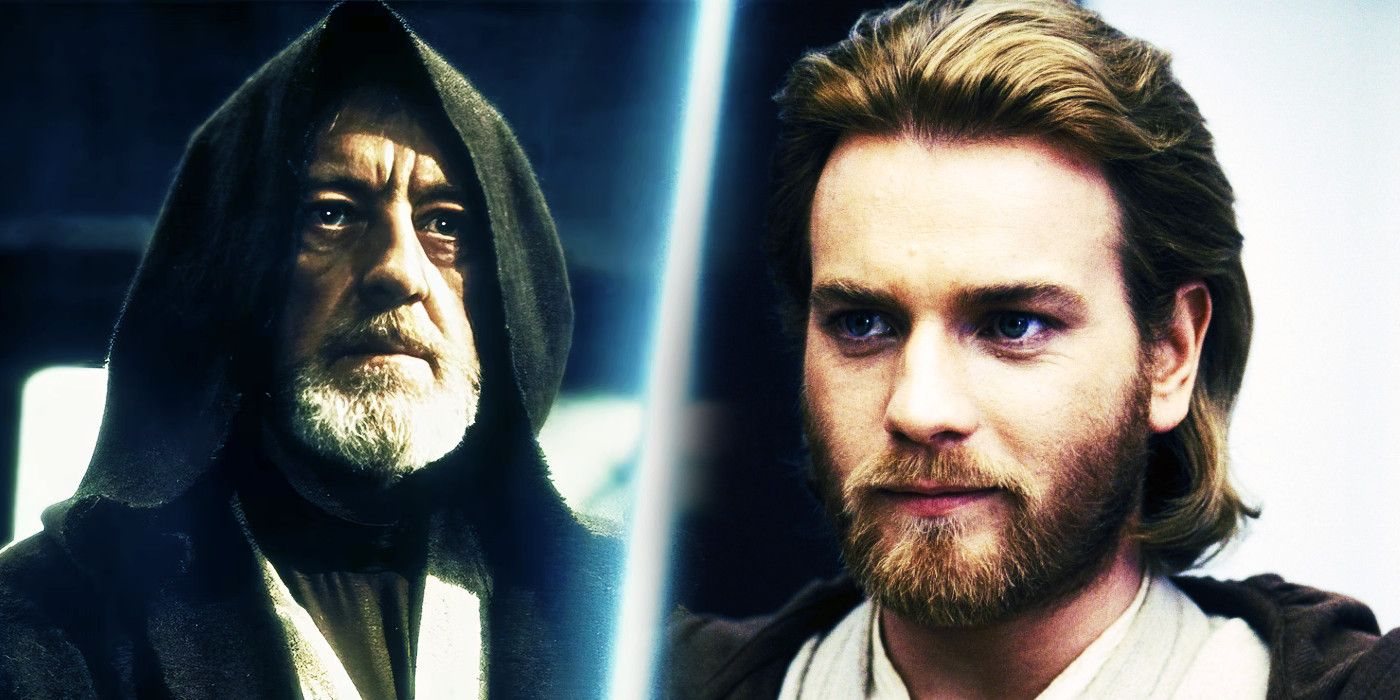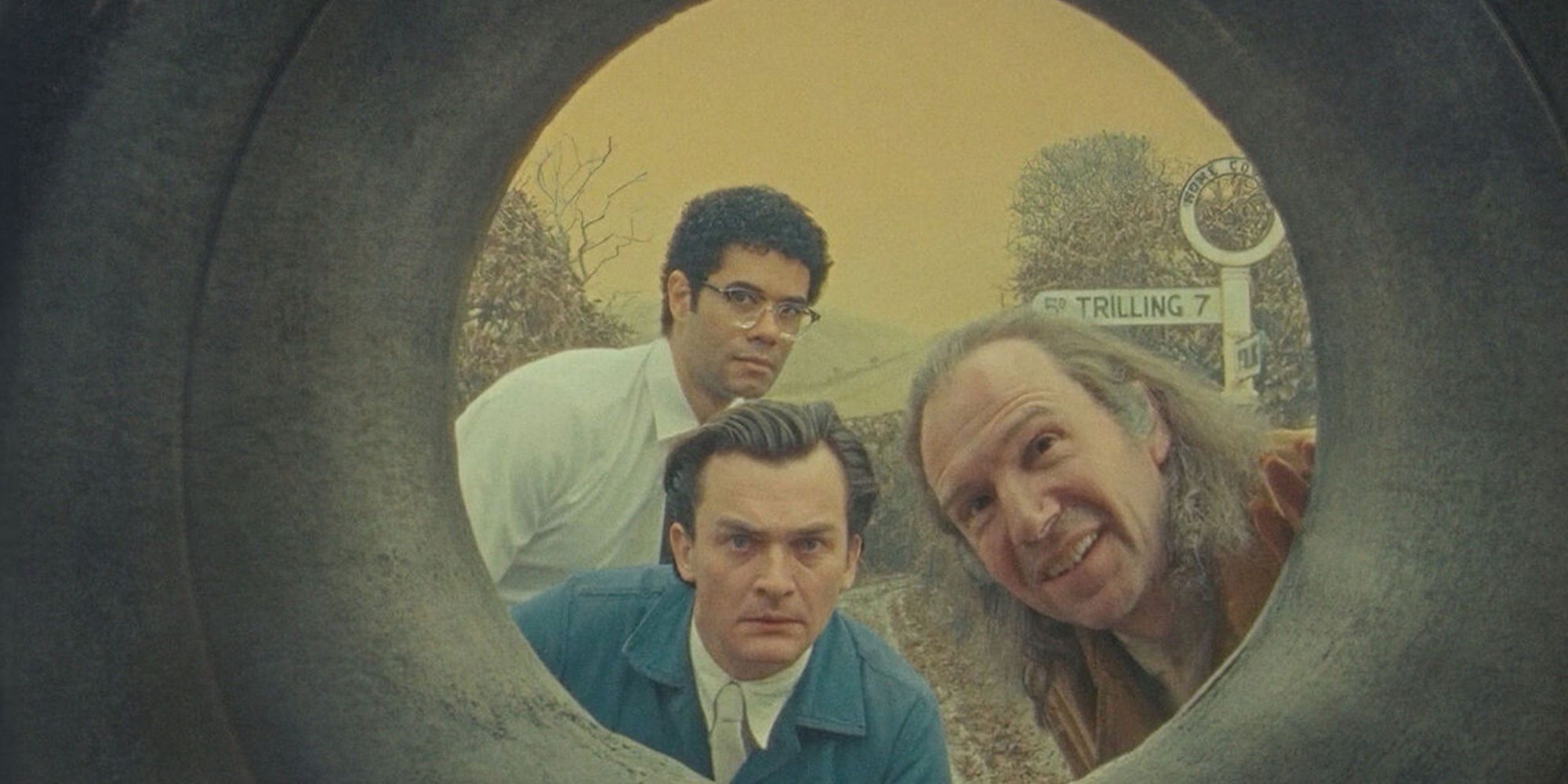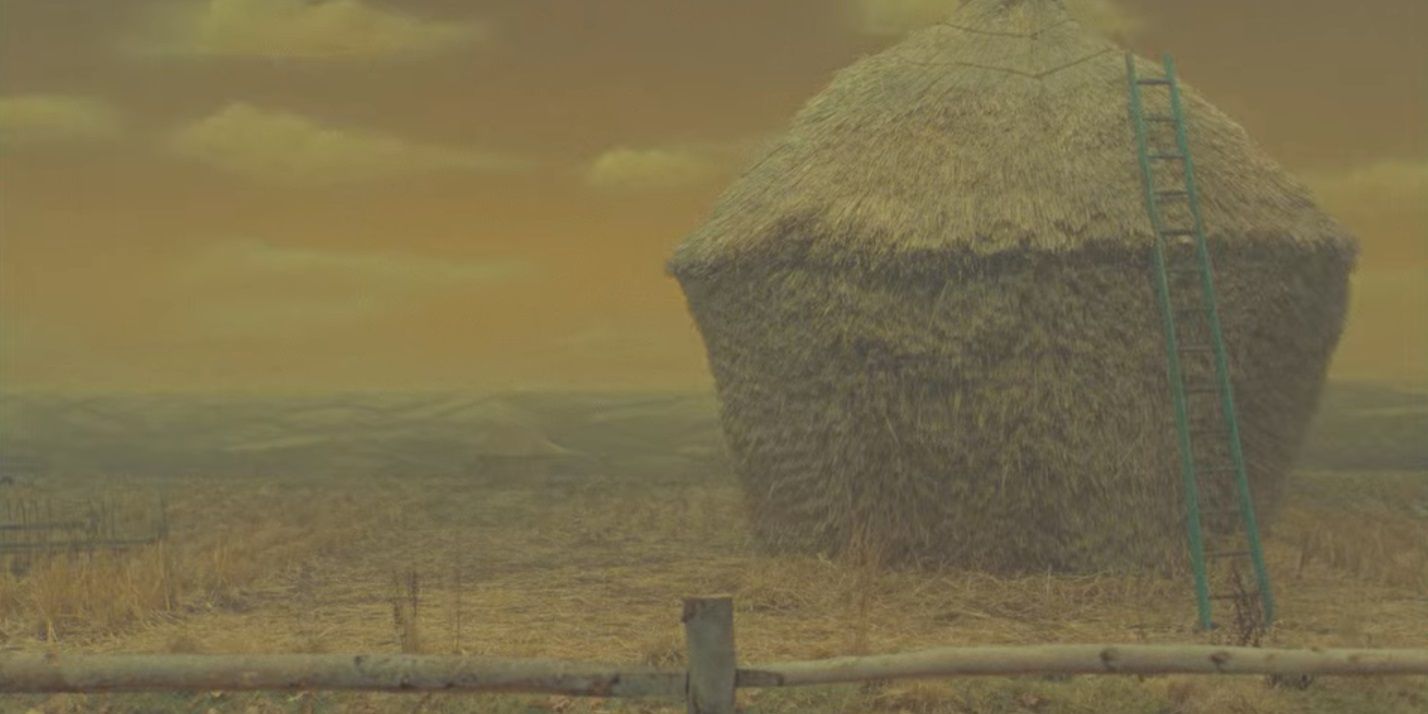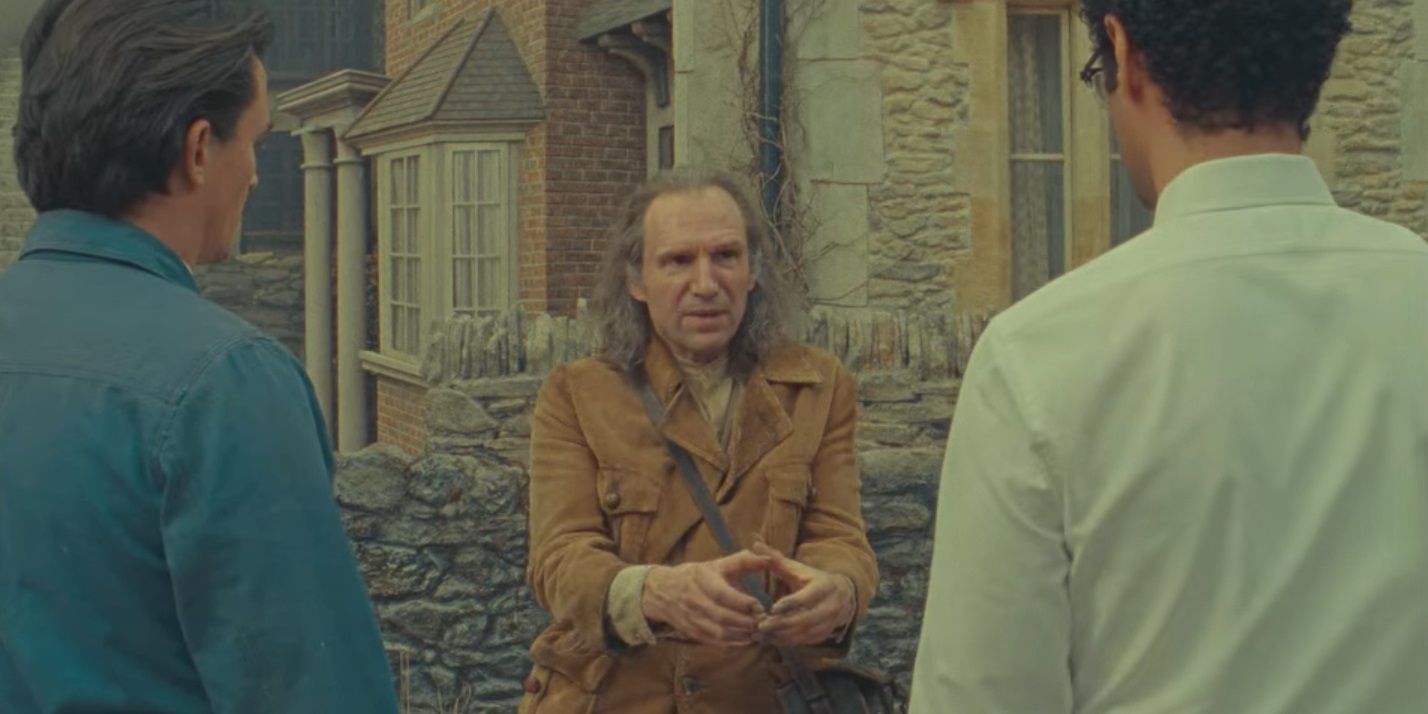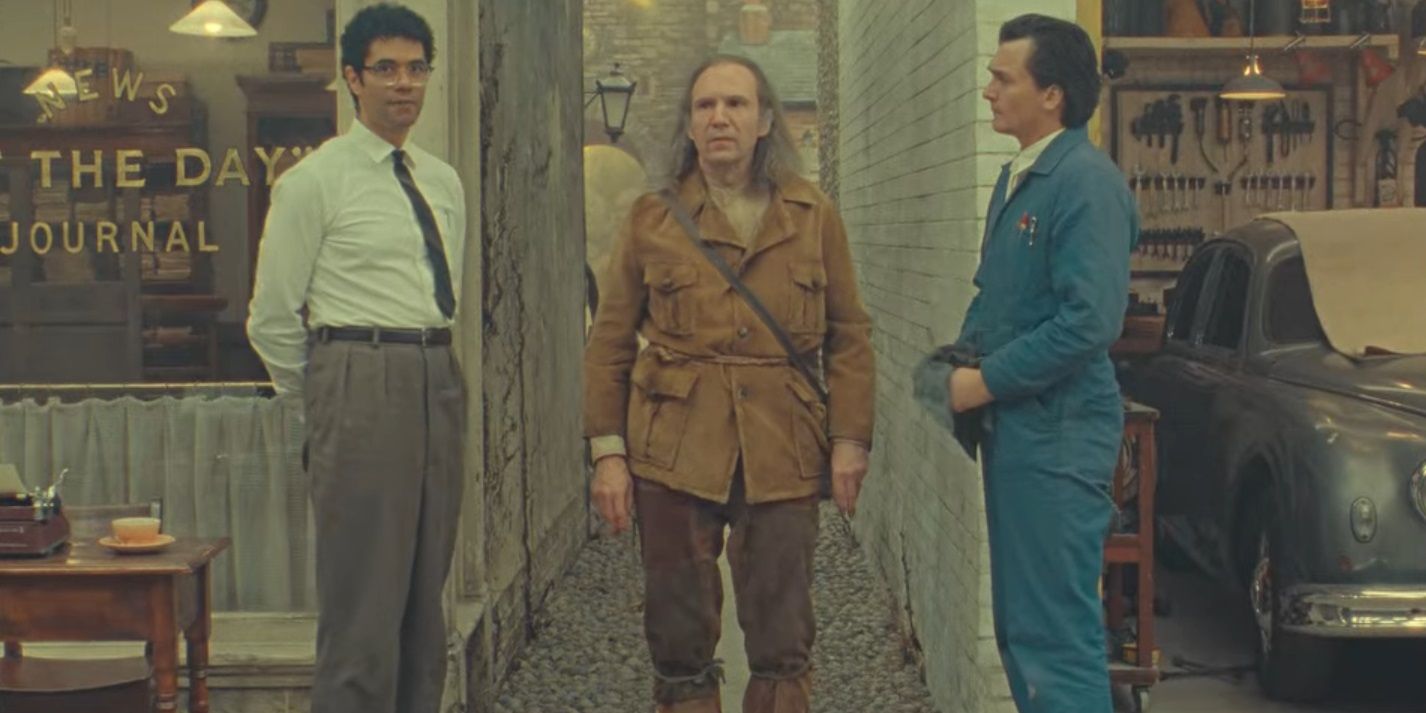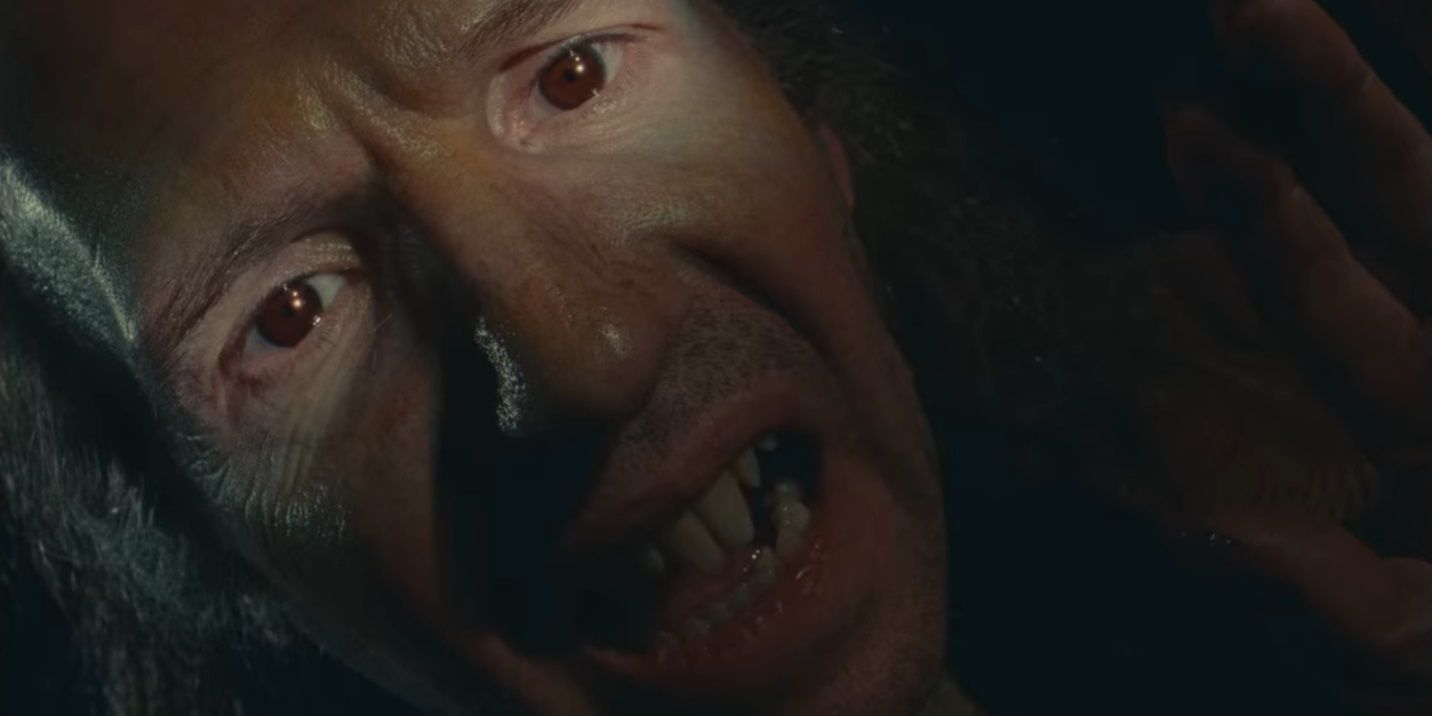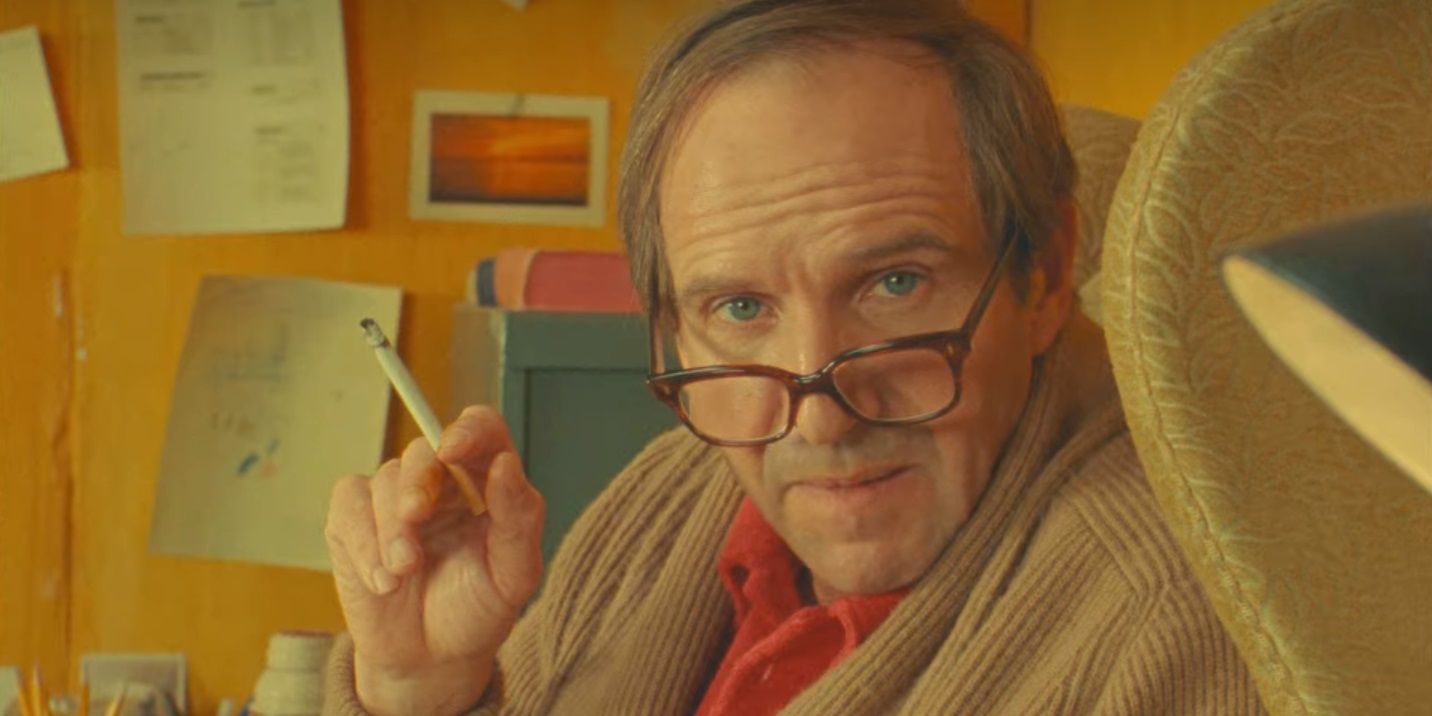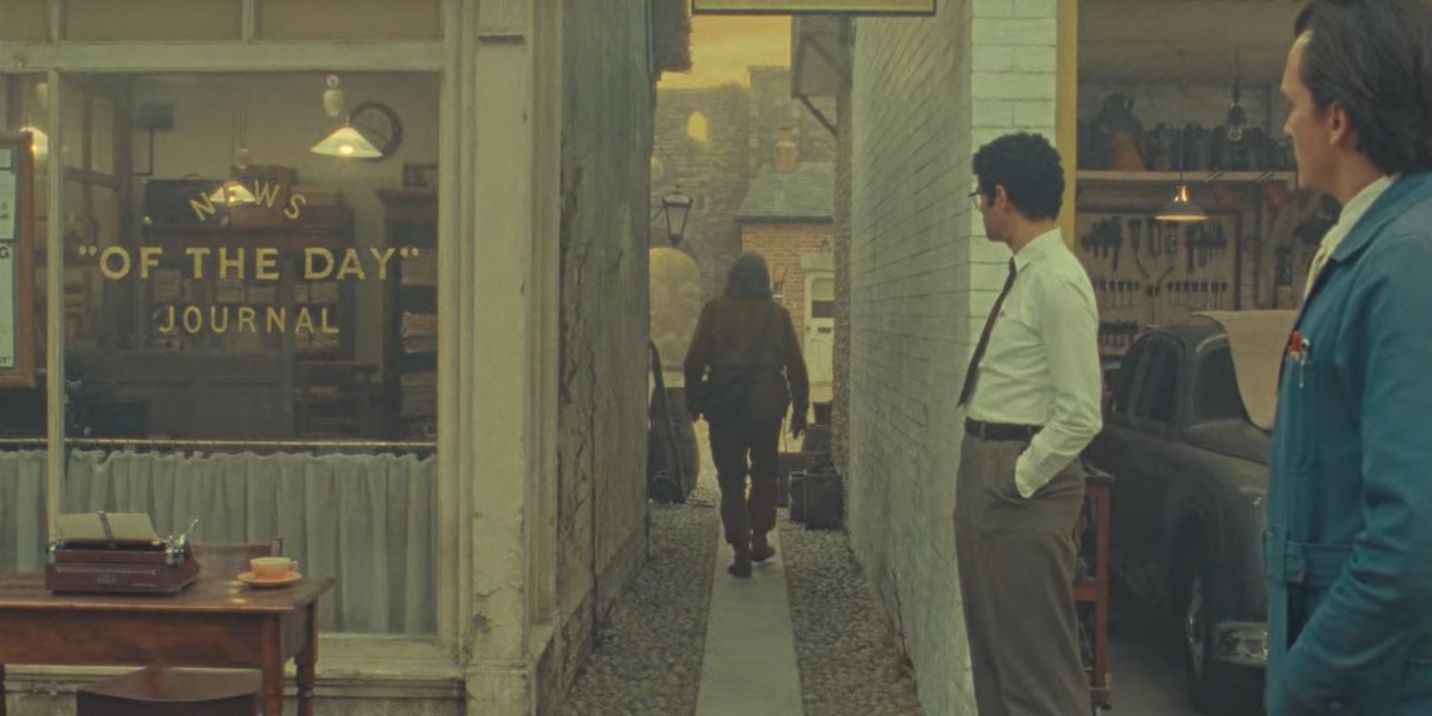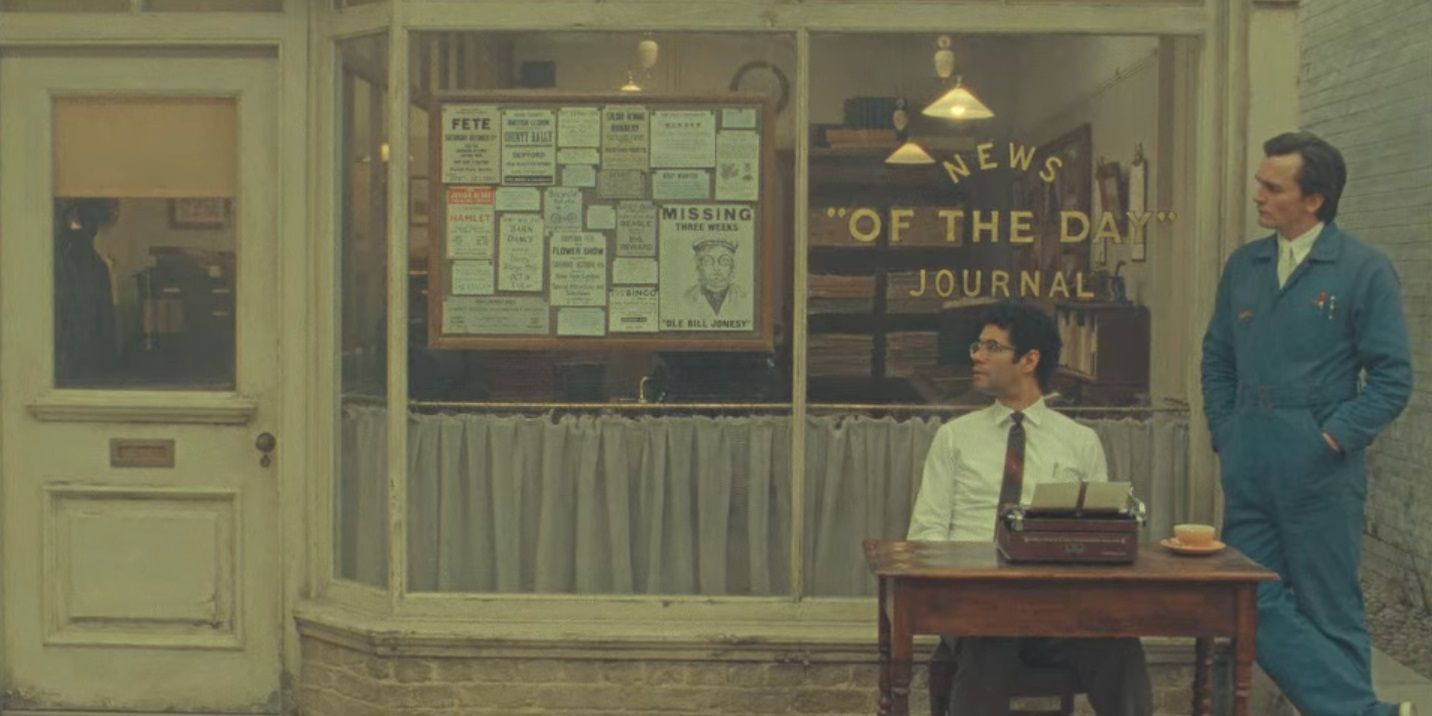Summary
- The ending of Wes Anderson's "The Rat Catcher" is ambiguous and open to interpretation, leaving unanswered questions that add to the mysteriousness of the plot.
- Anderson incorporates his signature stylistic trademarks, such as symmetrical framing and stop-motion animation, in "The Rat Catcher," showcasing his unique artistic vision.
- The rat catcher's physical appearance, resembling a rat, serves a purpose in his role as an exterminator, as he believes that thinking and acting like a rat is crucial in catching them.
Wes Anderson’s The Rat Catcher is as mysterious and inexplicable as its title character, with a few unanswered questions and unresolved plot threads. The Rat Catcher is the third installment in a series of short films based on Roald Dahl stories that Anderson has directed for Netflix, preceded by The Wonderful Story of Henry Sugar and The Swan. It stars Ralph Fiennes as a professional rodent killer sent by the Health Office to rid a local hayrick of its rat infestation. Despite clocking in at just 17 minutes, The Rat Catcher is a fully fleshed-out character study of the titular exterminator, with plenty of hidden meanings to unpack.
From symmetrical framing to stop-motion animation to deadpan line deliveries to meticulous in-camera editing, The Rat Catcher contains many of Anderson’s stylistic trademarks – not to mention the presence of Fiennes, who gave one of his best performances in the lead role of M. Gustave in Anderson’s magnum opus The Grand Budapest Hotel. True to Anderson’s style, the ending of The Rat Catcher is somewhat ambiguous and open to interpretation. The movie has invisible props, a confounding final scene, a crucial second character played by Fiennes, and an unresolved storyline that was paid off in a different Dahl story.
Roald Dahl Revealed Why The Rats Didn't Eat The Poisoned Oats
The biggest unanswered question at the end of The Rat Catcher is: why didn’t the rats eat the poisoned oats? The eponymous exterminator has a foolproof system of leaving piles of unpoisoned oats to gain the rats’ trust, then leaving some poisoned oats to wipe them out. But after leaving the poisoned oats, the rat catcher is surprised (and embarrassed) to find that his plan has failed and the rats haven’t touched the poisoned oats. After being so confident that this plan would work, he was shocked to find that the rats left the poisoned oats where they were and survived through the night.
Dahl answered the question of why the rats didn’t eat the poisoned oats in a totally different story. In the story “Rummins,” Dahl revealed the morbid reason the rats didn’t eat the oats. A character named Ole Jimmy had died and his body had fallen into the hayrick. The rats had been feasting on Ole Jimmy’s corpse in the hayrick, so when the rat catcher left them some poisoned oats, they were full and didn’t want to eat any more. Anderson alludes to this gruesome twist when a reporter wonders if something “nutritious” is hiding in the hayrick. Little does the reporter know, that something nutritious is a human cadaver.
Why The Poisoned Oats, The Ferret, And The First Rat Are All Invisible
When the rat catcher is showing off his tin of poison, there’s nothing in his hands. When he puts a rat and a ferret in his shirt to fight it out, they can’t be seen. The rat, the ferret, and the poisoned oats aren’t literally invisible; it’s all a part of the play-like aesthetic that Anderson chose for the film, putting actors on a stage with imaginary props. It’s up to the actors’ performances alone to sell the reality to the audience. A rat does eventually appear on-screen through the magic of stop-motion animation (a medium that Anderson has continually dabbled in throughout his career).
Why Does The Rat Catcher Look Like A Rat? Real Meaning Explained
The most distinctive thing about the titular rat catcher is that he himself resembles a rat. He walks along the gravel silently, his shoulders are hunched over, and he has beady eyes and two teeth sticking out at the front of his mouth for gnawing. This isn’t just a quirky aesthetic choice; it makes sense for the character. The rat catcher has made himself rat-like so that he can think like a rat. He believes wholeheartedly that one has to think and act like a rat to catch a rat. Based on this theory, he has grotesquely altered his physical appearance to resemble a rat.
How The Rat Catcher Killed The Rat Without His Limbs
When he feels embarrassed that his plan to poison the rats with oats has failed, the rat catcher tries to make up for it by performing a few tricks involving live rats. He bets Claud that he can kill a rat without the use of his arms or legs. The actual killing of the rat (thankfully) takes place off-screen, but it’s easy to deduce how he killed the rat from what happened before and after the screen went dark. As it turns out, the rat catcher lunged forward and bit the rat like a snake, killing it in one fell swoop, hence all the rat blood in his mouth.
Ralph Fiennes' Second Character Is More Important Than You Think
Fiennes’ most memorable role in The Rat Catcher is, of course, the title character. But that’s not the only part he plays in the short. Anderson occasionally cuts to a second character played by Fiennes, who sits at a desk and talks to the camera. This character is a lot more important than he seems to be. It’s Roald Dahl himself, narrating the story as he writes it. Anderson used the same framing narrative, with Dahl telling the story from his famous writing hut, in the previous Dahl-based shorts he helmed for Netflix (but not in his feature-length stop-motion adaptation of Fantastic Mr. Fox).
Why The Rat Catcher Leaves At The End
At the end of The Rat Catcher, the title character leaves quite abruptly. This is because he lost his audience during his display of rat tricks. They could just about stomach the fight between a rat and a ferret that took place under the rat catcher’s shirt, but when he bit into a rat and filled his mouth with rat blood, they had to draw the line. After he killed the rat with his teeth, the rat catcher found that Claud was disturbed and disgusted by him. So, just like a rat, he scurried off to hide away from the people he frightened.
The Real Meaning Of The Rat Catcher's Ending
Ultimately, The Rat Catcher is a study of humanity’s disdain for rodents – and how a fellow human being can have the same effect if they’re strange enough. The final scene demonstrates that the rat catcher has been hunting rats for so long that he’s basically become one – not just physically, with his hunched shoulders and beady eyes and gnawing teeth, but on a personal level. Like a rat, the rat catcher is a pariah who frightens people. The rat catcher feels a kindred spirit with the rats he kills, because he thinks of himself as highly intelligent and because he’s an outcast forced to live in the shadows.


